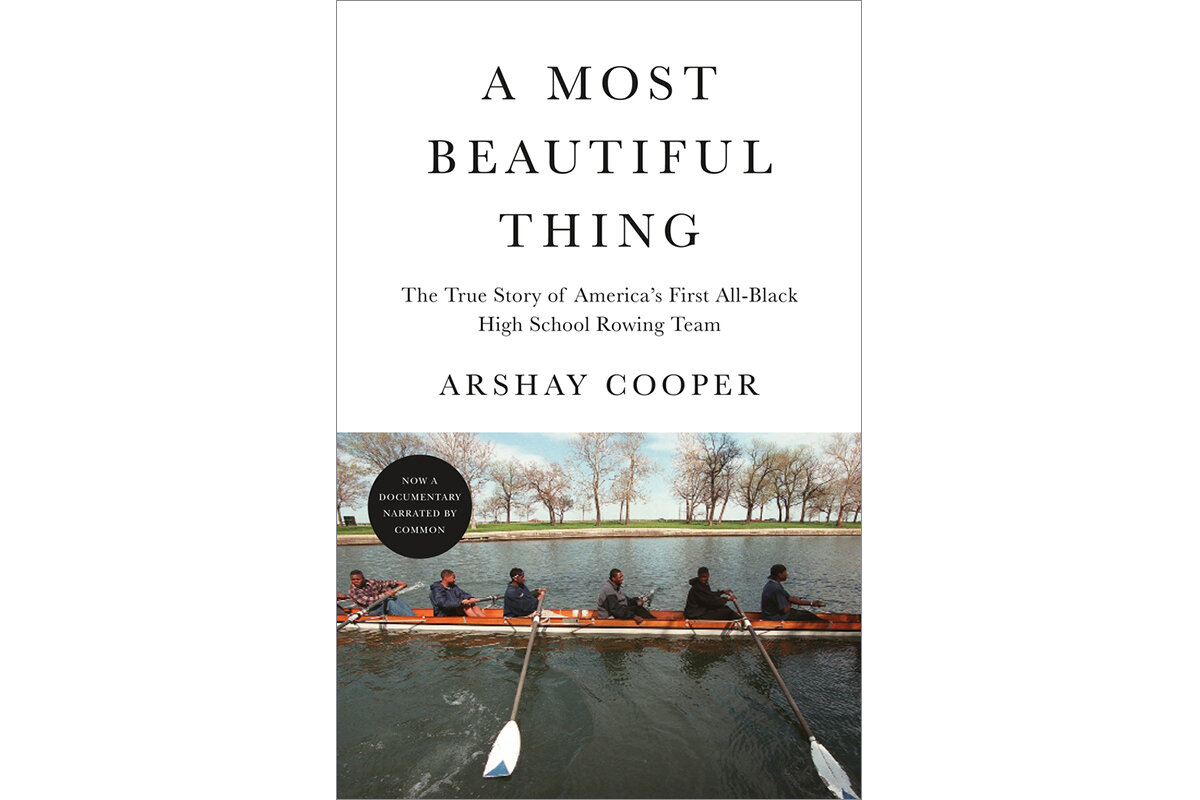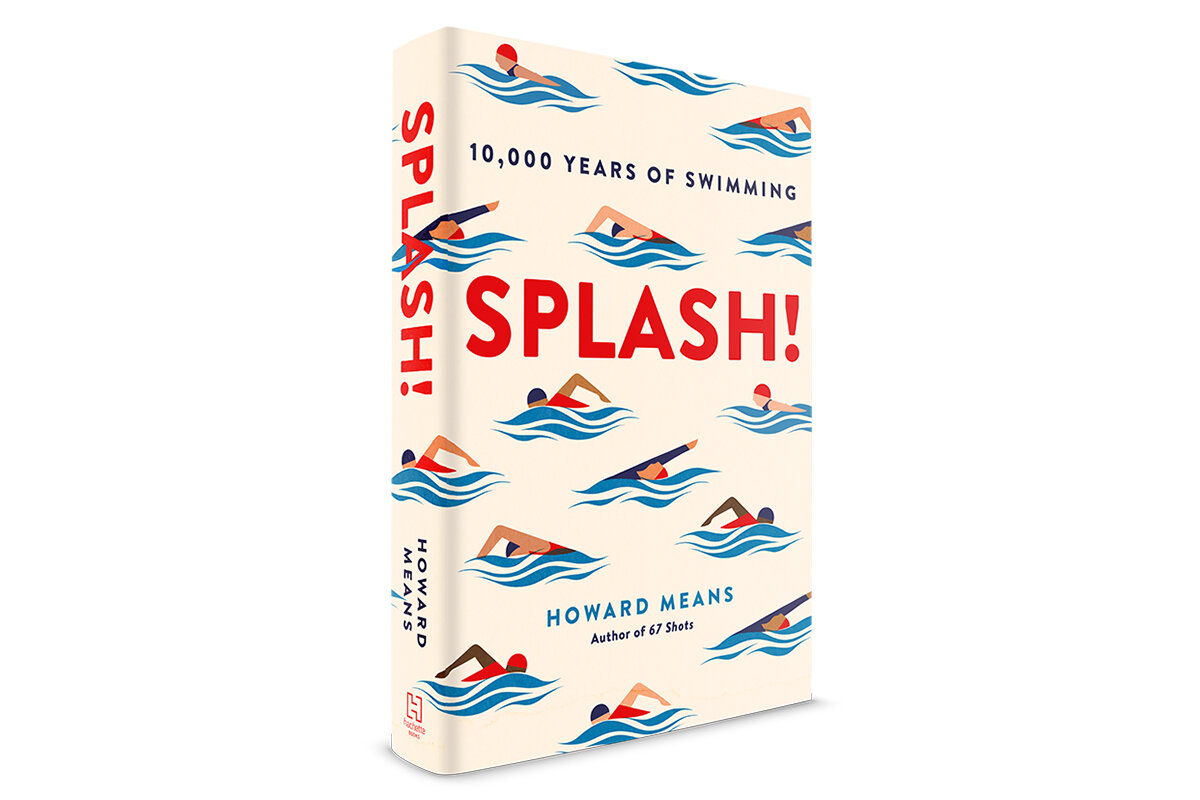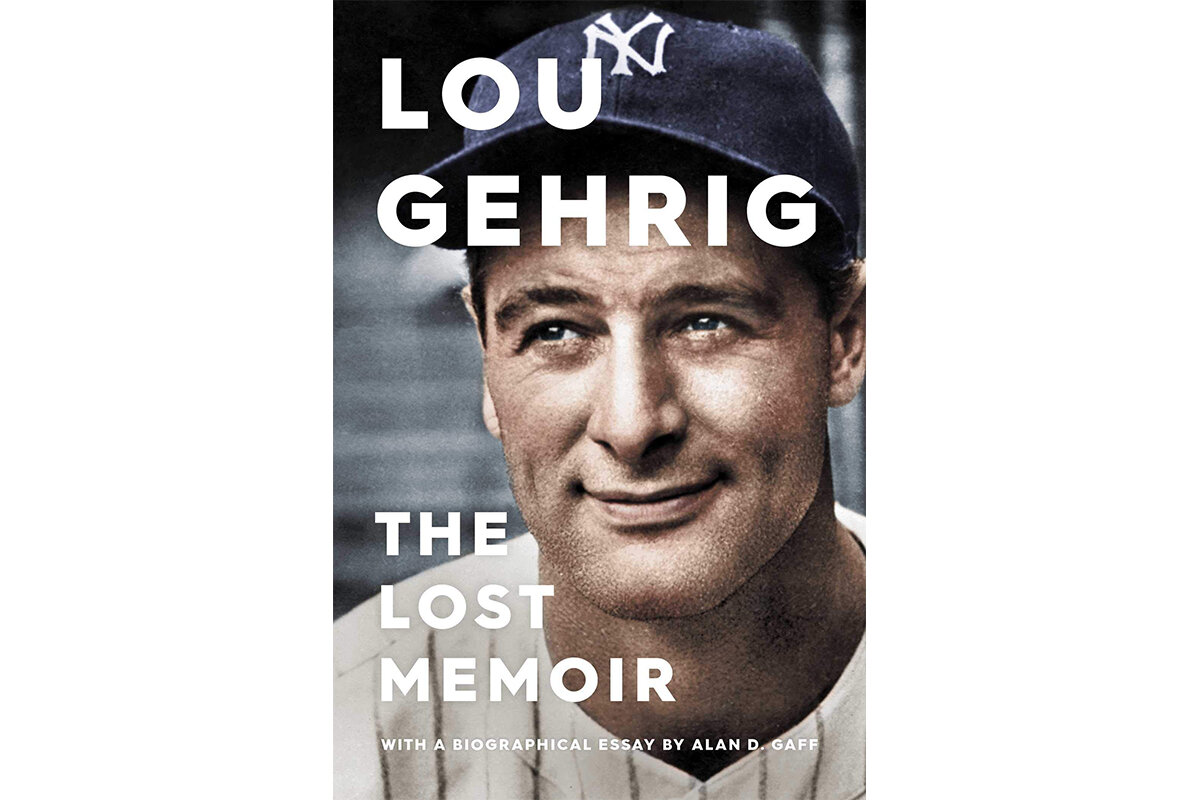Sports books that reveal character and grit
Loading...
Arshay Cooper was an African American teenager growing up on the tumultuous West Side of Chicago in the 1990s when he seized an opportunity to change his life. A white coach pitched the idea of starting a rowing team at Cooper’s mostly black and Latino high school. Many students dismissed rowing as being a “white sport,” a fair assessment since the high costs often preclude participation by low-income students. But a local business executive bankrolled the team, and so was born the rowing team at Manley Career Academy High School.
Cooper chronicles his journey as a crew member in “A Most Beautiful Thing: The True Story of America’s First All-Black High School Rowing Team.” The sport made intense demands on the young men, requiring them to train hard, learn how to swim, and make countless sacrifices – including not reacting to the racist jeers from competitors and spectators. The experience turned a team of strangers into brothers and unleashed their potential.
The book is as uplifting as its title suggests, and sections detailing the races are downright heart-pounding. A documentary film, also called “A Most Beautiful Thing,” showcases the now-adult team reuniting to once again inspire the community. Directed by Mary Mazzio, with narration by hip-hop artist Common, the film opens in limited theatrical release on July 31.
Splashing around
Swimming is a skill that is never forgotten, as Benjamin Franklin observed in a letter to a friend. The Boston-born Founding Father loved aquatic exercise and gave swimming lessons in his younger days. Franklin’s aquatic exploits are merely one anecdote in the long history of swimming that is captured in “Splash! 10,000 Years of Swimming” by Howard Means.
He includes everything from ancient pictograph representations of the sport to the record-breaking swims of U.S. Olympian Michael Phelps.
The book doesn’t avoid the hangups of similar works of this subgenre, so-called microhistories (think Mark Kurlansky’s “Salt” or Bill Bryson’s recent guide through “The Body”), since the book’s accessibility in the breadth of its coverage comes at the cost of depth in any one topic. But “Splash!” sets itself apart as the author’s lifelong passion for swimming seeps through every word. Jovial and informative, Means takes readers on a tour of the sport and the ebbs and flows of human attitudes toward it.
“Following the Babe”
In “Lou Gehrig: The Lost Memoir,” Alan D. Gaff collects and expands on a series of published columns written by Gehrig (but likely partially ghostwritten) for newspaper audiences. When the columns ran in 1927, Gehrig was part of the famous Yankees lineup known as “Murderers’ Row” for its infallibility. The media frequently compared the ball player to his world-famous teammate Babe Ruth, and thus the series was titled “Following the Babe.”
While others were eager to compare him to the Great Bambino, Gehrig did not even entertain the idea. To the gracious and humble Gehrig, there was only one Babe Ruth. These long-lost columns serve both as a time capsule into a past era of baseball and a window into the life of an athlete who epitomized the American dream.
Though Gehrig’s name is now tied to the neurological disease that ended his life, this book underscores the spirit of the man, within whom still waters ran deep.








